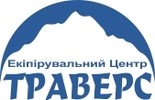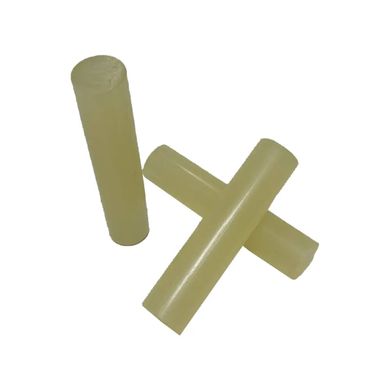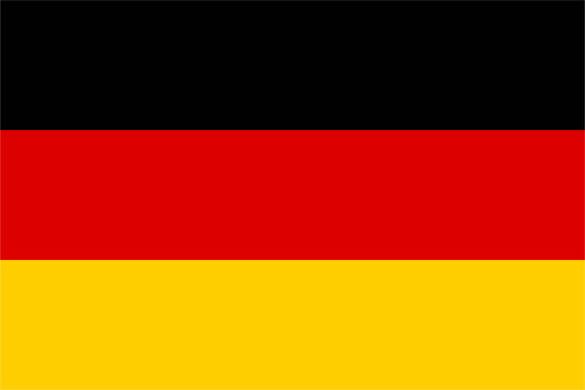|
Quantity
|
Out of stock
|
||
|
|
|||
Leki Hot melting glue set (set - 5 pcs)
Leki Hot melting glue is a special glue for changing or attaching handles.
Suitable for the tips of all types of sports poles (Nordic walking, swimming, trekking, etc.).
MANUFACTURER
The story of the legendary Leki brand begins shortly after the end of the Second World War in the town of Dettingen unter Teck.
The founder of the company, Karl Lenhart, started small: he made ergonomic handles for ski poles and interchangeable rings with Lekifix sleeves, which went into small-scale production in the early 60s, the Lekifix system became the brand's first patent.
At the same time, Lenhart started producing aluminium and fibreglass poles - the world's first fibreglass poles were made with Leki tubes.
The first ski poles bearing the Leki acronym were launched in 1970, followed three years later by the first cross-country ski poles.
The name of the company is an abbreviation of the name of the founder and his small homeland - Lenhart from Kirchheim.
1974 - the birth of the famous Leki Makalu model, when Klaus Lenhart and Reinhold Messner met and came up with the innovative idea of an adjustable trekking pole.
Four years later, Reinhold Messner became the first person to climb Mount Everest - without artificial oxygen, but with Leki Makalu.
To create the first folding trekking poles, Makalu used three innovations in the 70s:
- The first was a screw mechanism for fixing the sections,
- the second - a plastic Flexspitze end with a seat for a replacement ring and a carbide tip,
- The third is the Antishock Absorber spring mechanism, which reduces the impact on the hand,
In 1985, the well-known model with a "correction zone" appeared - a slight forward bend of the stick just below the handle, which allows you not to bend the hand in the wrist.
This was followed by Ergosoft handles, moulded from two types of plastic of different densities, which became the world standard in stick construction.
In the early 90s, Cortec cork handles were introduced, and later cork was actively used in the production of trekking and cross-country ski poles.
In 1998, the Leki Trigger System was introduced to the market, marking the beginning of a new stage in the company's development.
The handle and glove became a symbiosis, with no more thumbscrews on the handle - to throw the poles away during a fall, the skier does not need to take any additional action, they are unfastened automatically during an impact, reducing the risk of injury!
This innovation is actively used in the market segment of poles for Nordic walking and cross-country skiing.
In 2000, production moved to Tachov (Czech Republic), and the Tachov factory is now considered the most modern and largest in the world in this field.
In 2006, the Nordic Trigger Shark system was further developed.
In 2007, this system was introduced to the ski pole segment in a slightly modified form as Alpin Trigger S.
Athletes of many national biathlon, alpine and cross-country skiing teams use Leki products exclusively.
It is enough to look at the protocol of almost any international competition and it is easy to see that most of the winners and medallists use poles of this brand.
Leki works closely with athletes who are actively involved in mountaineering and tourism.
Leki's technical innovations (the new Speed Lock, Carbon D Shape, Aergon grip) have been repeatedly recognised at ISPO and in tests by leading outdoor and ski magazines.
In 2008, the DSV (German Ski Association) recognised Leki as the best brand of the year.
Recently, using the experience gained in working with carbon fibre, Leki has started producing super-lightweight camping furniture made of carbon tubes.
In Ukraine, the Leki brand is well known for its products in the sports, tourism and mountaineering segments.
































